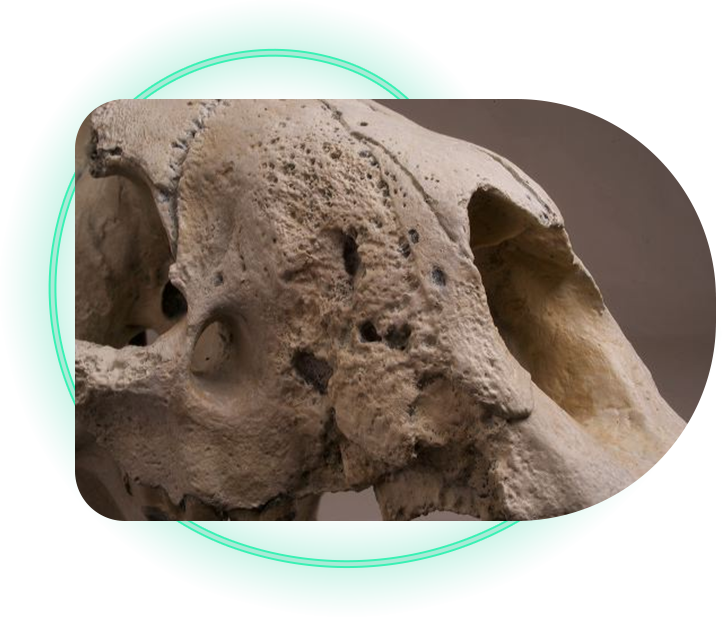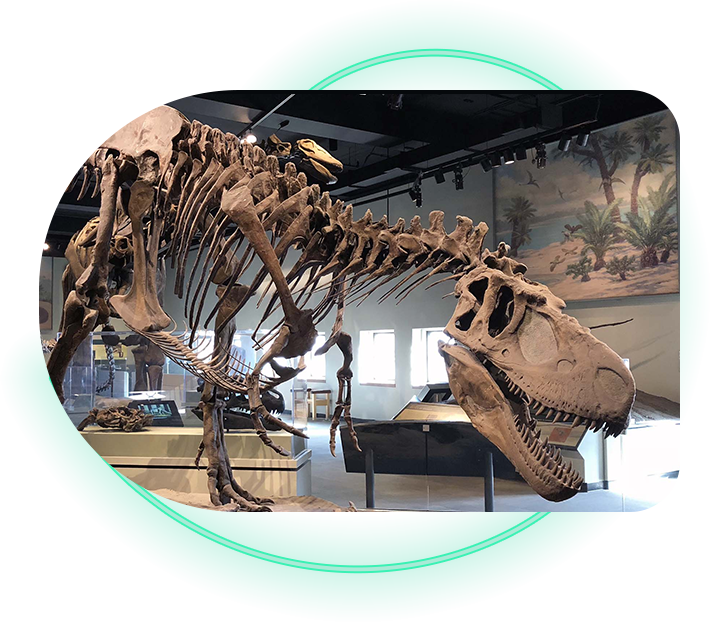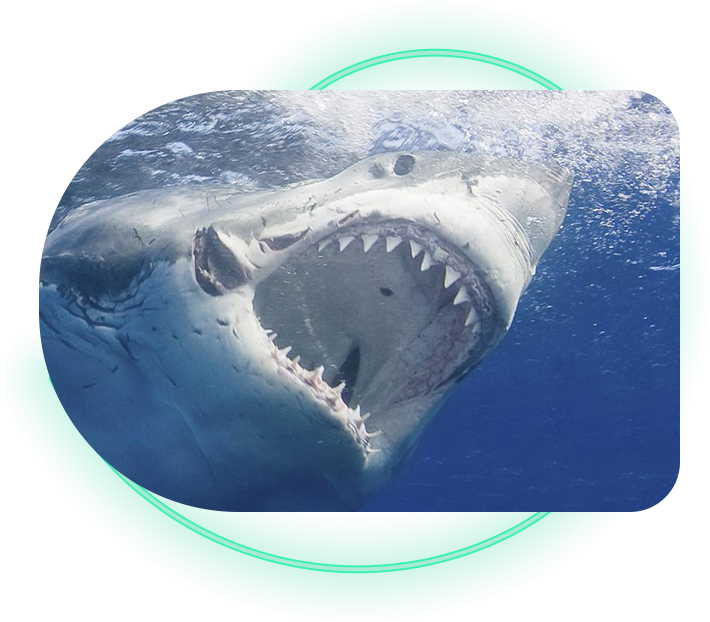Favorite CollLection Triceratops Real Figure Keyring
$11.95

The Oligocene Epoch was a very important time in the development of mammals. Dinosaurs, which ruled the earth for more than 150 million years, had been gone about 30 million years.
Although mammals arose in the Late Triassic and thus had been around as long as the dinosaurs, dinosaurs had dominated virtually every ecological niche possible for large animals. This limited mammalian diversity. After the demise of the dinosaurs, mammals now took advantage of these openings.

The term Dinosauria refers to a nearly extinct group of vertebrates. This group arose from the reptiles in the late Middle Triassic Period and flourished from 240 to 65 million years ago during the Mesozoic Era. Most dinosaur suborders became extinct by the end of the Cretaceous Period. Dinosaurs differ from reptiles in the distinct division of the vertebral column; reduction of the hand, and alterations to the hip, knee, shin, ankle and foot. These modifications allowed a sometimes bipedal, upright and more mobile posture. Dinosaurs were probably, to varying degrees, warm-blooded (endothermic). The only living representatives ofthe Dinosauria are birds.

Reptiles were the first animals to truly abandon the aquatic habitat and live and breed on dry land. Reptilian groups are very diverse and range from snakes and lizards to turtles and crocodiles. Some groups have taken-up life on dry land (even deserts), but others prefer an aquatic environment leaving the water only to nest. Fossil reptiles are known from Permian times to the present. Many of the extinct groups, especially those which lived in the ancient seas, grew to sizes rivaling the dinosaurs.

Fishes are the oldest known of the animals which have backbones – the vertebrates. Recently they have been found in rocks from the Cambrian Period, dating some 500 million years old.Myriad forms have evolved and disappeared over the past 1/2 billion years, but thousands of varieties still exist in the seas, oceans, lakes and rivers. Even with the vast variety of fishes, most, living or extinct, can easily be classified on the basis of how much of the skeleton is bone, and the shapes of the bones.